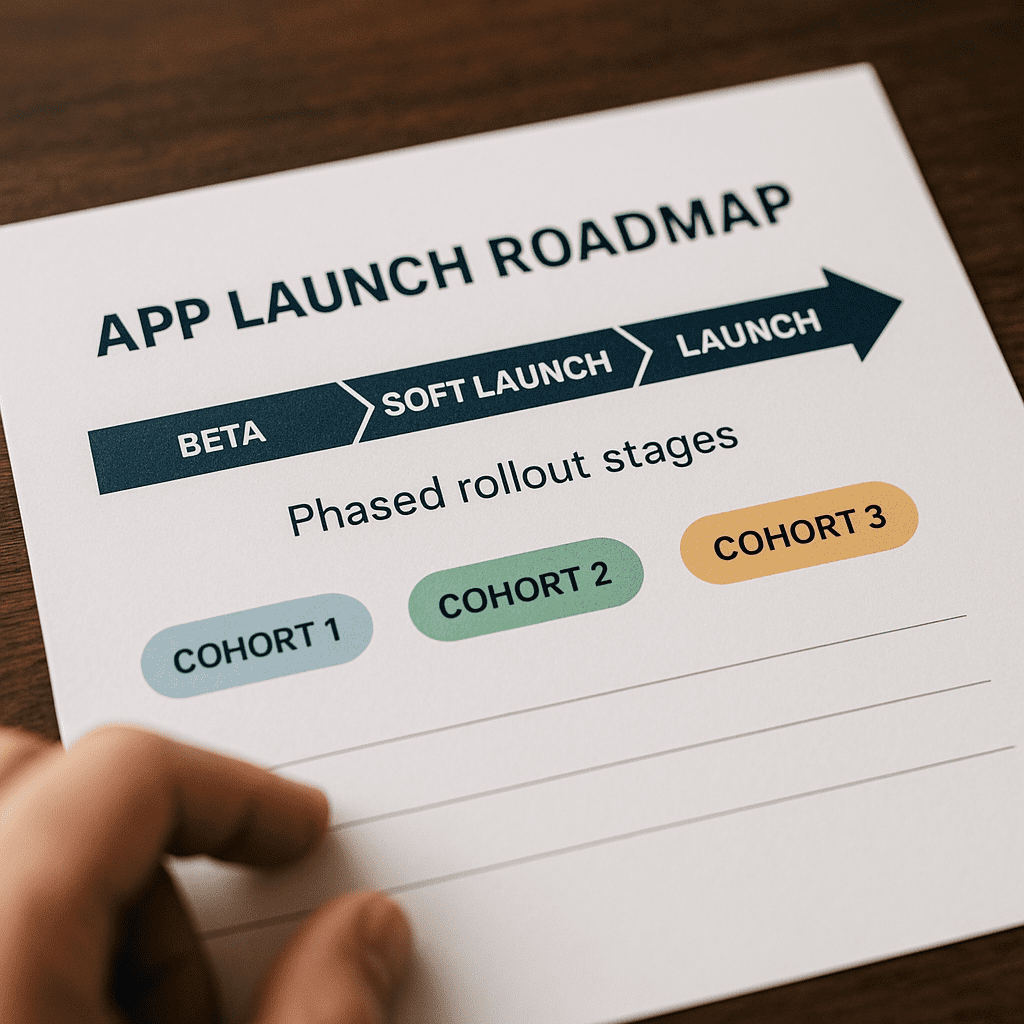
Soft Launch Strategy: The Smart Approach to Testing and Optimization
In mobile app marketing, few tactics rival the effectiveness of a well-executed soft launch strategy. By releasing an app, feature, or update to a controlled audience, growth teams can validate assumptions, uncover bottlenecks, and fine-tune campaigns—all without exposing their brand to unnecessary risk. In this article, we’ll explore why top performance teams adopt soft launches, outline the concrete benefits, and share a step-by-step playbook to guide your next mobile release.
What Is a Soft Launch?
Definition and Core Objectives
A soft launch is the deliberate deployment of a mobile app or feature to a limited audience—often defined by geography, device type, or user segment—prior to a full, global roll-out. Unlike a hard launch, where marketing budgets soar and app stores are flooded with promotions, a soft launch keeps visibility low and focuses exclusively on data collection, QA testing, and user feedback.
Why Mobile Teams Rely on Soft Launches
- Early Issue Detection: Real-world usage often reveals edge-case bugs that never emerge in QA.
- Performance Benchmarking: Metrics like Day 1/Day 7 retention, crash rates, and in-app purchase conversion can be tracked and optimized.
- Audience Validation: Determine whether your value proposition resonates with core user segments before scaling acquisition spend.
- Campaign Calibration: Test ad creatives, user acquisition channels, and cross-channel funnels at a fraction of full-scale costs.
Key Benefits of a Soft Launch
- Risk Mitigation: Reduce the chance of negative reviews and app store penalties by catching critical issues early.
- Data-Driven Decisions: Access real-user analytics—session length, retention curves, A/B test results—to guide product and marketing roadmaps.
- Cost Efficiency: Optimize CPI, ROAS, and lifetime value projections on a small budget before committing major ad spend.
- Market Fit Assessment: Validate pricing models, feature sets, and UX flows in a controlled environment.
- Anticipation Build-Up: Create exclusivity with invite-only beta programs or regional releases, priming user interest for the global launch.
Soft Launch vs. Hard Launch: Head-to-Head
| Criteria | Soft Launch | Hard Launch |
|---|---|---|
| Audience Size | Small, targeted cohorts | Entire addressable market |
| Marketing Intensity | Organic or minimal paid | Full-scale campaigns |
| Primary Goal | Testing & validation | Growth & revenue |
| Budget Allocation | Low to moderate | High |
| Feedback Cycle | Rapid, iterative | Post-launch fixes |
| Risk Exposure | Controlled, low | High |
For a detailed comparison, see our soft launch vs. hard launch guide.
Step-by-Step Soft Launch Playbook
-
Set Clear Objectives
Define primary KPIs—technical stability (crash rate < 1%), retention (Day 1 ≥ 30%, Day 7 ≥ 10%), and monetization (ARPDAU benchmarks). Align with stakeholders on success thresholds.
-
Choose Test Markets
Select 1–3 markets that mirror your target audience profile. Common regions include Canada, Australia, Malaysia, or smaller EU countries. Ensure user demographics and device mix reflect your main launch markets.
-
Implement Advanced Analytics
Integrate tools like Firebase Analytics or Amplitude for in-depth cohort analysis. Track events such as session starts, level completions, and purchase flows. Monitor crash reporting via Sentry or Crashlytics.
-
Run Controlled UA Tests
Launch micro-scale user acquisition campaigns on Facebook, Google Ads, and Apple Search Ads. Test 3–5 ad creatives and audience segments to identify top performers. Calculate preliminary CPI and ROAS.
-
Gather Qualitative Feedback
Deploy in-app surveys, Net Promoter Score (NPS) polls, and user interviews. Platforms like Instabug or Apptentive help capture sentiment and feature requests directly from real users.
-
Analyze & Iterate
Combine quantitative data and qualitative insights to prioritize fixes. Release weekly or biweekly app updates to address crashes, UX friction points, or monetization blockers.
-
Optimize Marketing Funnel
Refine ad copy, app store assets (icons, screenshots, preview videos), and bidding strategies. Use A/B testing in Google Play Experiments or Apple TestFlight to validate creative changes.
-
Scale to Full Launch
Once KPIs stabilize within target ranges, prepare for global release. Ramp up budgets, coordinate PR and influencer campaigns, and localize store listings for new markets.
Common Challenges & Mitigation Strategies
- Low Feedback Volume: Incentivize beta users with in-app rewards or exclusive features to boost survey responses.
- Non-Representative Audiences: Cross-validate soft launch data with industry benchmarks and existing user cohorts to ensure accuracy.
- Scope Creep: Limit initial feature sets and stick to your MVP roadmap. Postpone secondary features until full launch.
- Competitor Detection: Keep ad spend discreet, avoid geo-targeting large media markets, and use generic ad copy.
Expert Tips from App Growth Leaders
“Deploying weekly feature toggles allowed us to test monetization changes with 20% of our soft-launch users without affecting the rest. This iterative approach boosted ARPDAU by 15% before full launch.”
— CMO, Top App Growth Agency
“We always allocate 25% of our soft-launch budget to creative testing. The insights on messaging and visuals are invaluable when we scale.”
— Head of UA, Gaming App
Essential External Resources
- Google Play testing best practices
- Apple TestFlight guidelines
- Admiral Media — user acquisition and growth strategy experts
Conclusion
A strategic soft launch is the cornerstone of a data-driven mobile growth plan. By validating product-market fit, optimizing performance, and fine-tuning marketing funnels in a low-risk environment, you can ensure a successful global release. Apply the steps outlined above, leverage the right analytics tools, and partner with seasoned experts to transform your next app launch from uncertain to unstoppable.
Ready to master your next mobile release? Explore our digital marketing resources for deeper insights and hands-on support.
